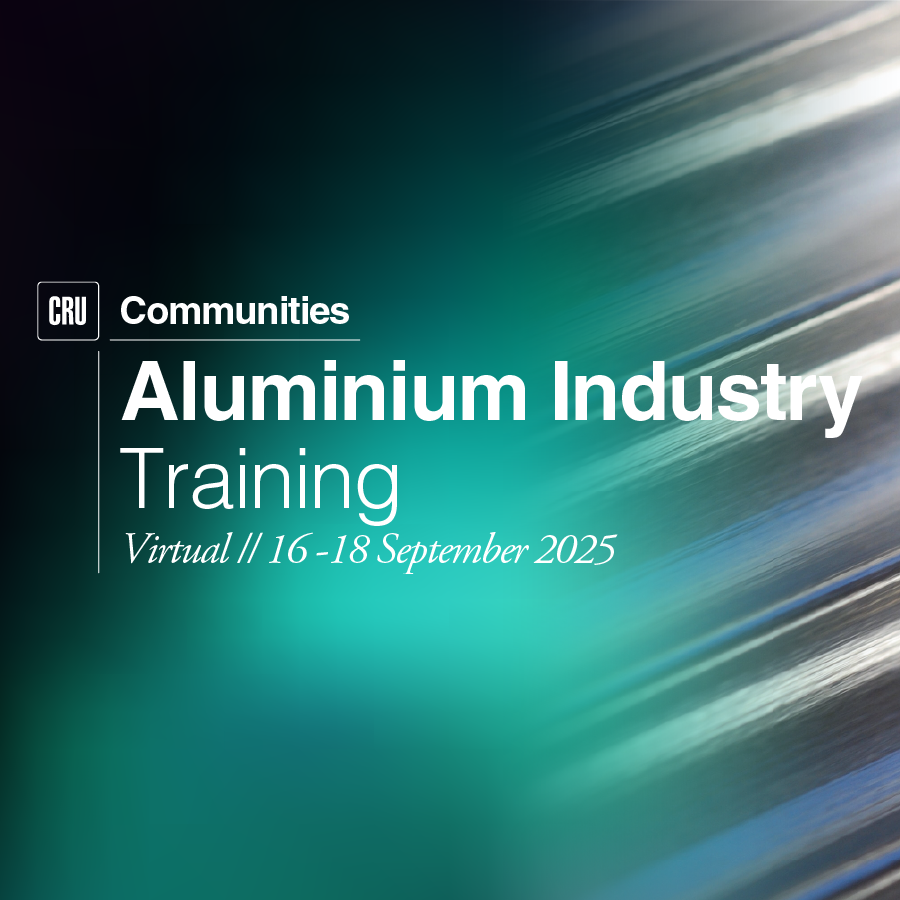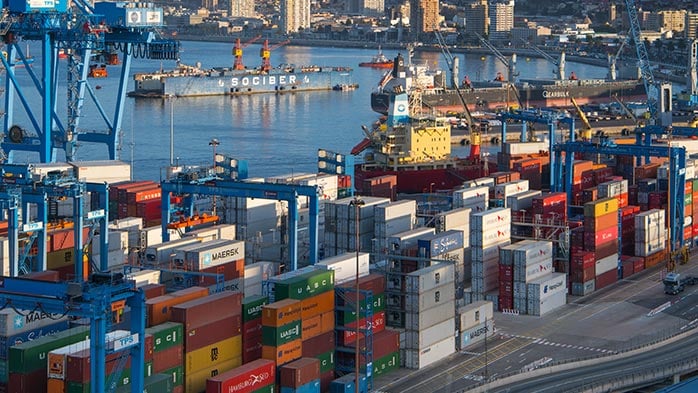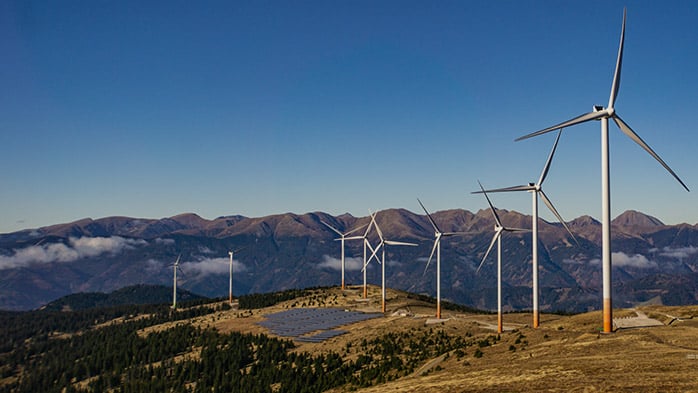A transformation in energy markets is underway. As major energy users, this raises commercial issues for the mining and metals industry.
Energy costs are high and rising, and industry faces the prospect of increasingly stringent carbon emissions and environmental regulations. But hidden therein are opportunities. Investment in “green” technologies can help firms to access stable low-cost power, reduce costs and limit exposure to fuel price volatility, as well as differentiating their products and strengthen their social license to operate. Renewable and battery technologies, can.
Why renewables?
Miners are starting to take advantage of the opportunities presented by green technologies. In the case of renewable power integration, for example, commissioned and announced solar and wind capacity has risen markedly from <100 MW before 2011 to 1800 MW in 2018.
Access to stable low-cost energy is a key issue for the entire mining value chain; whether engaged in mining, mineral processing, smelting or logistics, energy costs typically go straight to the industry bottom line.
Dependency on fossil-based energies also creates commercial and policy risks for firms. Energy prices fluctuate greatly and opportunities to hedge against price volatility are limited and expensive. More stringent carbon regulation is also emerging in many countries as part of the Paris Agreement, exposing producers to further inflationary pressures (We explored these issues in the Special Feature, COP21, Climate Policy and Competitiveness in Steel and Base Metals.)
Investment in greener production can also help suppliers differentiate their products, creating potential for earning a premium price and forming deeper and more stable customer relationships. These developments can help strengthen the social license to operate by helping improve local community environmental standards and improving access to energy.
Reduce energy costs
Mining value chains are energy intensive. The share of energy costs in total operating expenses of many bulk and base metal ores commonly averages between 30–40% for many facilities, with many producers bearing still higher costs due to local market and policy conditions. Access to stable low-cost energy supplies is a critical commercial issue.
Energy intensity is on the rise, given falling ore grades, deeper ore bodies and increasingly a shift to more automated production. In the case of ore grades, for example, mined copper grades have fallen 18% in the period 2007–17. This trend is set to continue, requiring ever greater volumes of energy to mine and process more waste materials.
The costs of meeting these energy needs is also expected to rise in the medium and long term. In the case of aluminium smelting tariffs, for example, CRU expects unit costs to rise by an average of 10% through to 2020. At the same time, the costs of key renewable and battery technologies have plummeted. These trends and the commercial opportunities from renewable investment and power sourcing are discussed in a subsequent CRU Spotlight.
Market and policy risks
Energy prices have fluctuated wildly over the past decade – the benchmark Brent crude prices peaked at over $145 per barrel (bbl) in July 2008 before falling to below $30 /bbl in January 2016. Deep uncertainty is here to stay, given questions over the long-term production potential of unconventional oil, the stability of major producers like Venezuela, the impacts of new demand competition from renewables and EVs, and health of the global economy. This is reflected in the wider range of expert views on future oil prices.
Renewable power generation coupled with battery storage presents an opportunity to both reduce costs and mitigate exposure to price volatility (hedging opportunities in diesel markets are typically limited and expensive over the longer term). This may be particularly attractive to off grid projects that depend on diesel powered generators leaving projects at the mercy of oil price fluctuations.
Fossil fuel consumers are also exposed to rising climate policy risks. Carbon pricing schemes are already in operation in major markets around the world including Europe and North America and are now emerging in China. As efforts to implement the Paris agreement gather momentum, the breadth of coverage and stringency of these schemes is set to rise. CRU analysis finds, for example, that a $30 /t cost of carbon dioxide emissions increases overall Aluminium production costs by around $450 /t, equivalent to a roughly 30% increase in the 2015 aluminium price (see COP21, Climate Policy and Competitiveness in Steel and Base Metals for further details).
Social license to operate has become a risk in mining
In recent years, the social licence to operate (SLTO) has become a key business risk particularly to the mining industry. Environmental and sustainability concerns of local communities are central issues in this context. CRU’s latest Mining and Metals Observer reports that mining companies are increasingly rating SLTO amongst their top market priorities (see chart below). Renewables provide mining companies with opportunities to gain social responsibility points and help support often “energy poor” local communities. In Liberia, for example the Putu mining contract explicitly requires the mine to electrify communities within a 10 km radius of its power project (CCSI, 2018). This could signal many similarly structured deals in the future could improve community relations in the long run.
Product and company differentiation
Investment in greener production can help suppliers differentiate their products, creating potential opportunities for premium pricing as well as deep and stable customer relationships. This can strengthen the social license to operate by helping improve local community environmental standards and improving access to energy. Some of the world’s largest producers of aluminium have started to push for premiums on low carbon products. Low carbon aluminium market offerings by firms such as Norsk Hydro, and related sourcing commitments by firms such as Apple, BMW, Toyota, Audi, Nespresso and Bosch, are indicative of evolving opportunities in this area.

















